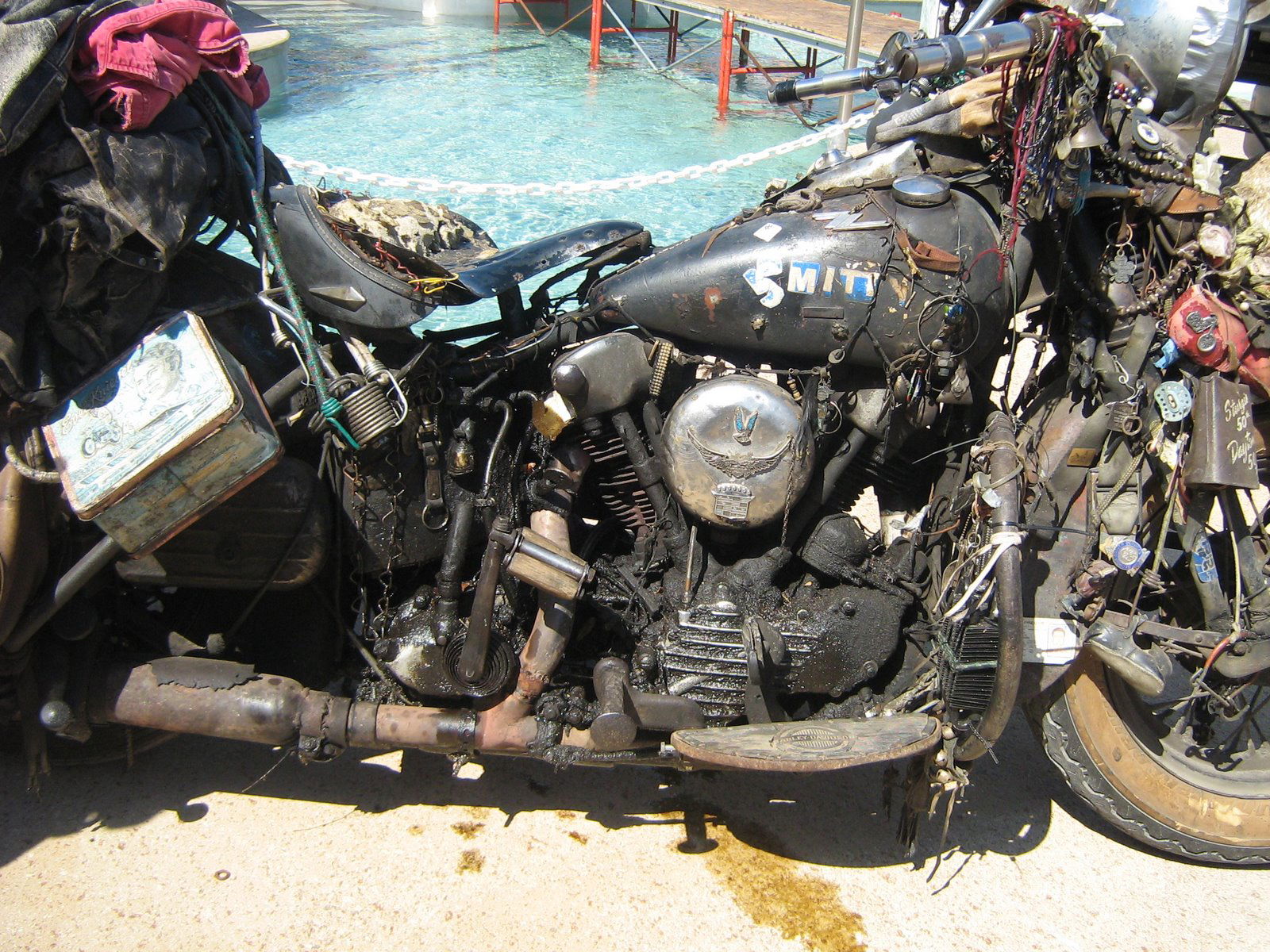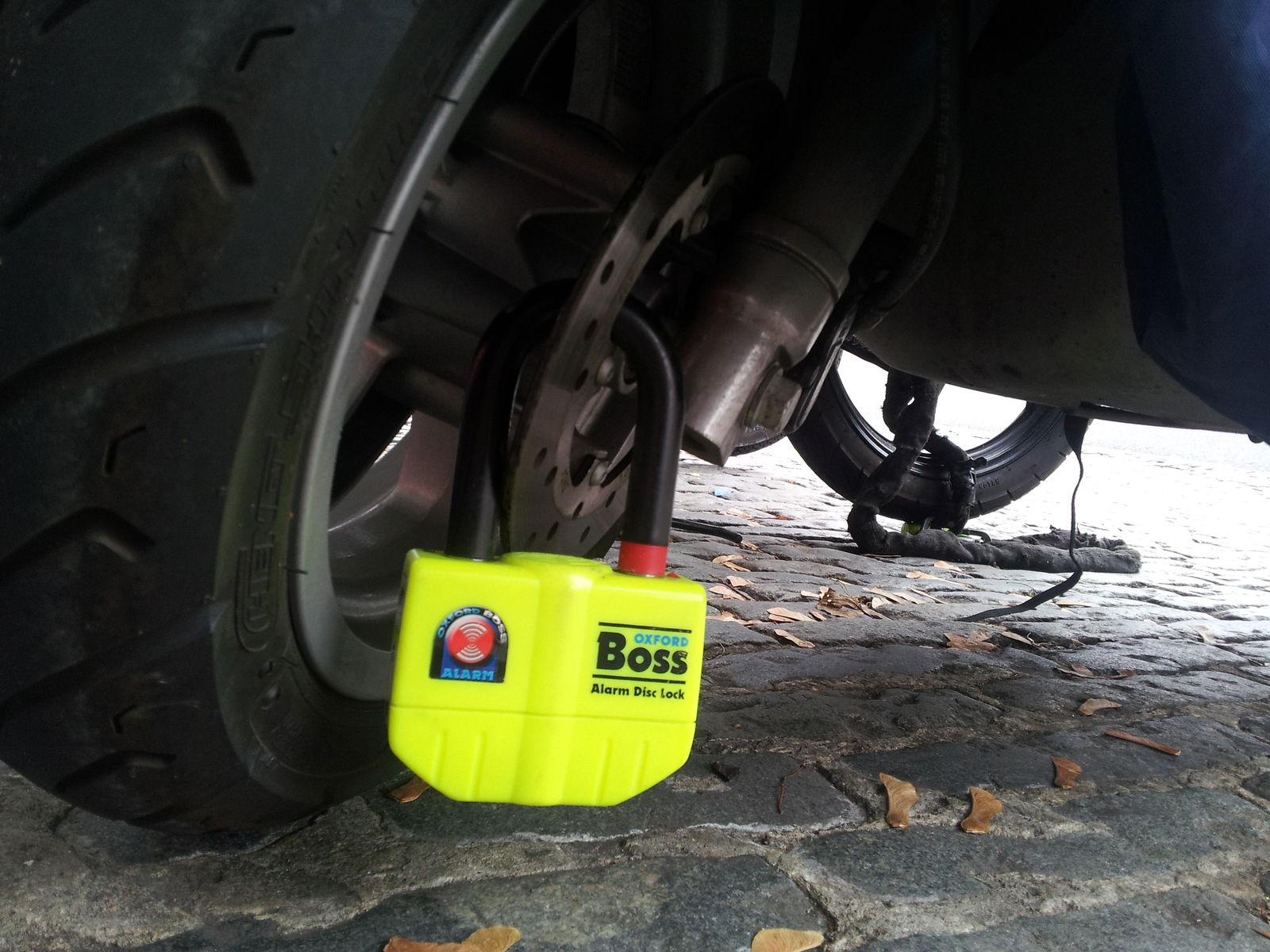Get better MPG from your motorcycle
Fuel economy: It's a drag, but it doesn't have to get you down. Our guide offers tips for better MPG

���
�
The truth is, petrol is going to run out, it’s not a question of if but when. This has given to a rise in the price of petrol in the UK and around the world; you don't need to get a calculator out to estimate the fact that, on average, a tenner won't get you as far as it used to . The simplest option for burning less fuel and saving money on a trip would be to stop riding - not something any of us are interested in. Compared to a car, motorcycles still offer great mpg and some motorbikes - mostly 125cc and scooters - can even achieve over 100mpg.
Use our six step guide to improving the miles per gallon you get from your motorcycle. Feel free to share your tips below.
correct tyre pressures
Tyre pressure
While the air keeps the tyre on the wheel, performance-wise the air in the tyre will also generate traction, affect stability and handling. There is another element involved with the efficiency of a motorcycle's forward motion. Drag, or the forces that oppose relative motion, is the arch nemesis of fuel economy. This issue affects poorly pumped tyres, as riding with this oversight causes an extra level of friction for the bike to overcome. Maintain your tyre pressures with a quality pressure gauge and a pump. Always check psi when the tyres are cold and consult the owner’s manual to establish the correct pressure.
proper chain adjustment
Chain adjustment
A slack chain is going to result in untold damage to a bike’s drive chain causing premature wear to the sprocket and gear. On the flipside, a too-tight chain causes strain on wheel and drive shaft bearings and reduces power. Increased drag will decrease your MPG. Sorting the chain is a job anyone can do, just make sure it's adjusted taking into account the increased load of a rider's weight. Refer to the owner’s manual at all times. Also make sure the chain is properly lubricated; a dry chain causes more fuel-sapping drag.
fresh oil
Oil
Engine oil acts as a lubricant and a detergent; cleaning, protecting and making everything as slippery as possible so metal and metal can work together in hermony. Keeping the oil clean is vital and regular oil changes are important, not only for engine life but also to help maintain improved MPG. Finding the right viscosity of oil to use in your motorcycle can be found by flipping through the owner’s manual.
clean air filter
Clean air-filter
Imagine stuffing your nose full of cotton wool and expecting to be able to breathe properly, this is just like a dirty air-filter. An air filter's sole job is to block the smeg and grime from entering the engine, preventing mechanical wear and oil contamination. To clean a foam filter, get some petrol or paraffin and soak in an old baking tray, then wash in hot soapy water and leave to dry or blow out with an airline. When it's dry, apply a sparing amount of filter oil - this acts as the 'glue' for dirt and dust. If you have a paper air filter, chuck it and buy a new one.
ride smarter
You
YOU are the catalyst for poor fuel consumption and riding smoothly will rectify any issues of your bike guzzling gas needlessly. Maintain momentum by reading the road and anticipating the incoming corners and obstacles ahead.
Check out our advanced motorcycle riding guide for more information.
the purple patch
Understanding
The purple patch is that harmonious moment when everything in the bike is working together at the absolute optimum, but more important for this guide, it is a time when the exhaust and camshaft are in sync. This sweet spot is also the place when a bike is operating at its most economical - a requirement that can only be found by properly understanding the torque and power of the bike’s engine. Finding this zone of optimum combustion is all about feel and awareness of what you engine's doing. The point at which you discover the natural cruising speed - the rev range where peak torque exists - will seem obvious with familiarity. If you're riding quickly but smoothly without burying the rev needle in the red zone and taxing the nipples on the end of the throttle cables - you've probably already found it.

